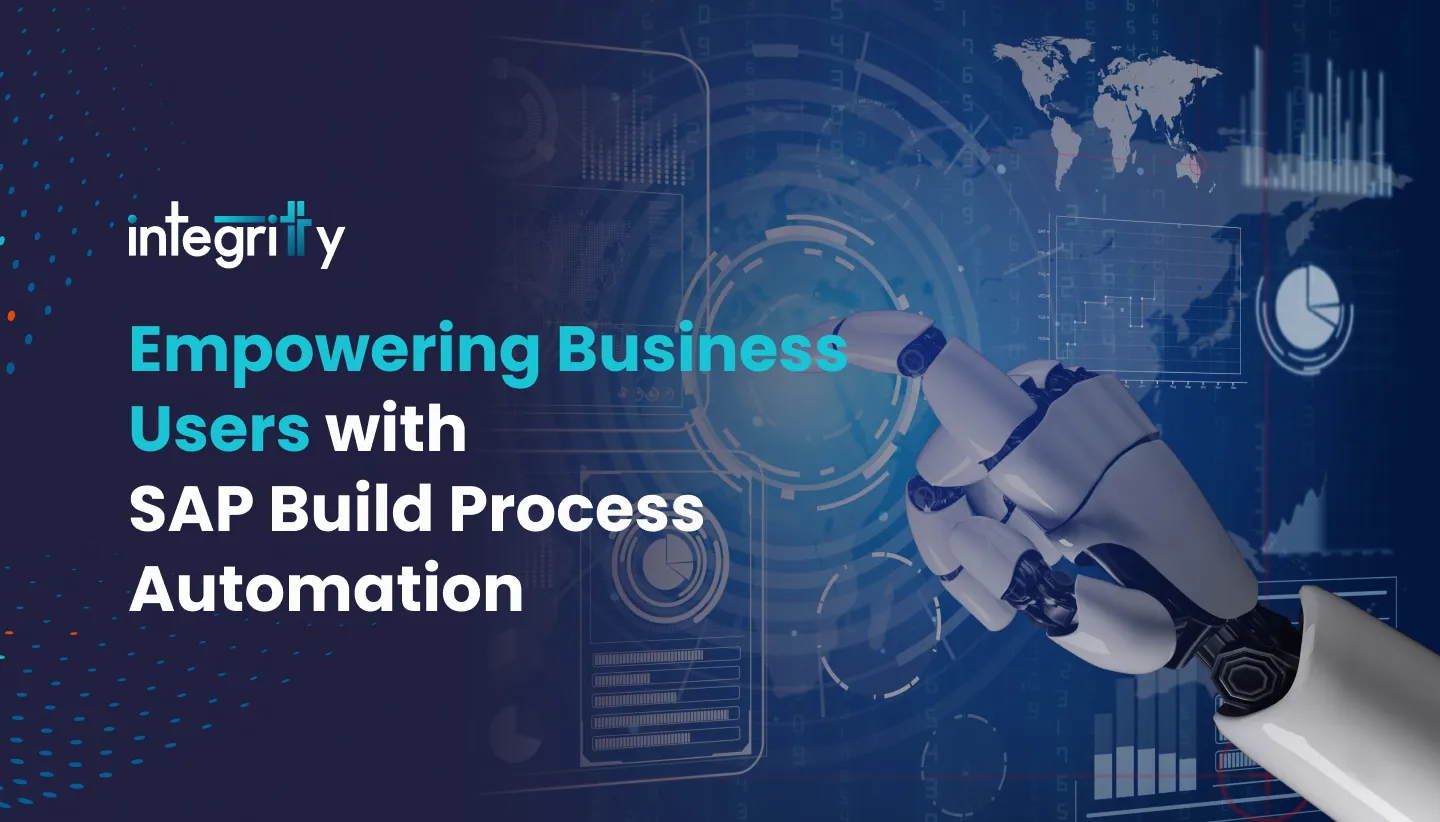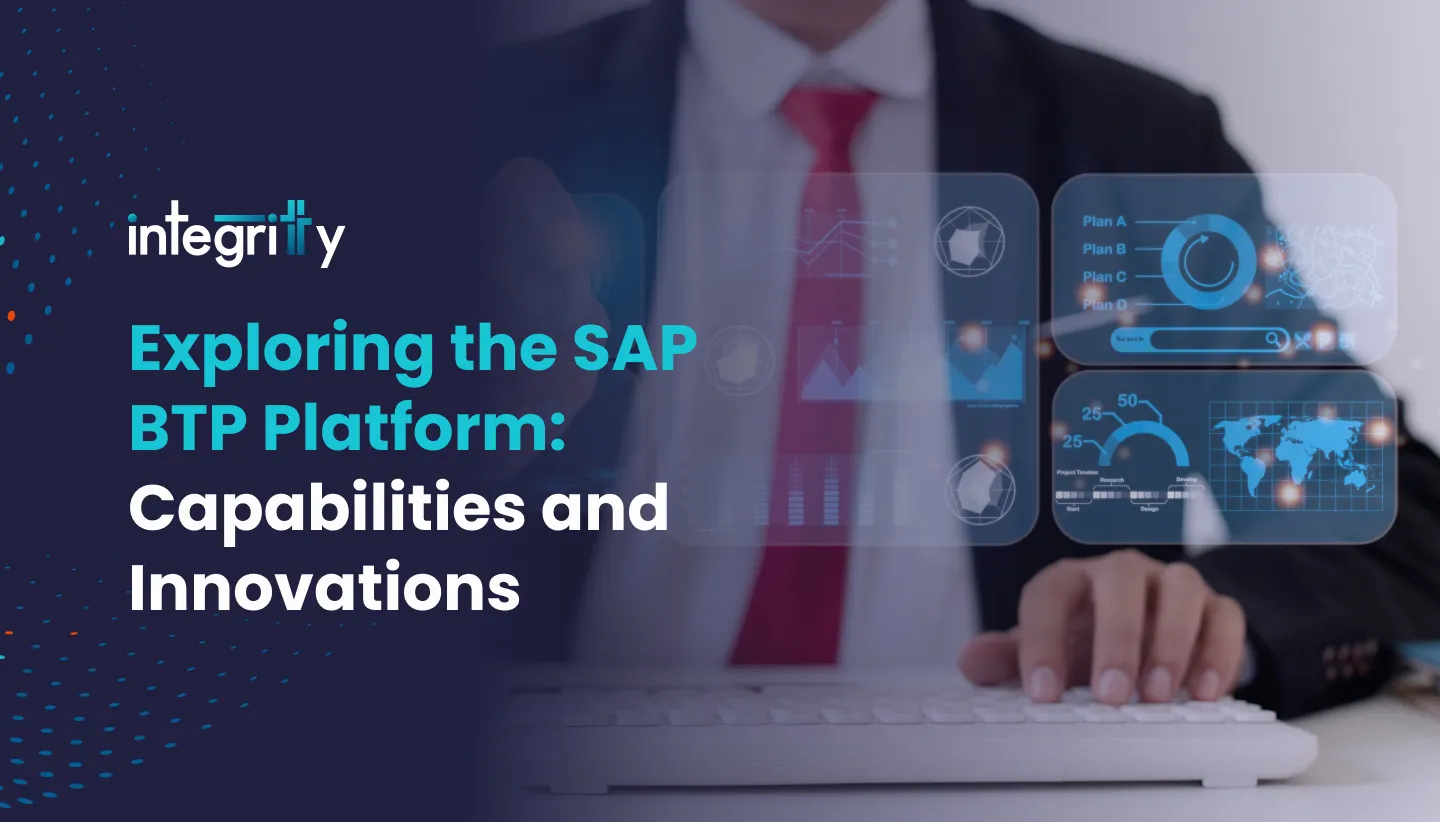With all the marketing and hype around data and analytics (and rightly so), who in this world would want to be called a laggard in effectively leveraging data? After all, it has the promise of making an organization more agile and efficient as well as providing that competitive edge that will help the company to stand out. If not for internal reasons, there is always the fear of the competition doing it better. For years now, IT and data leaders have been trying to make their companies more data-driven. Despite the C Suite sponsorship as well as appropriate funding, only a handful of companies can claim to have significantly moved the needle in this space.
The easiest part is to make the technology investment, however, without the required vision, culture, and commitment, mostly likely companies would end up with an expensive and fancy but underutilized piece of software that will only bloat the cost overheads. Treating data with a project mindset can be tempting as it may yield quick results but will lead to subsequent struggles with data quality and desired consistency.
Such strategic gaffe signals the fact that while the senior leadership understands the importance of data and analytics but fails to make the required strategic changes and investments in people and culture necessary for success. It is not that they do not realize this. Many companies are ensuring that Data and Analytics leaders have a seat at the C Suite, but that is not enough. In 2021, a study by NVP indicates problems with data leadership. The average tenure of a CDO (chief data officer) is between two and two-and-a-half years. Below is a snippet from the report mentioned.
“The data leaders whose perspectives are reported in this survey believe strongly in the value of data, analytics, and AI. They do not appear to be as confident that their role is structured in the right way. And they are even less convinced that their company is on the right path toward data-driven cultures and organizations.”
Data Culture
It is evident that the C-Suite attention and funding are not enough. All too often, companies think of data as a technology problem, and it is just not. Rather companies that are committed to treating data as an asset and focus on changing the decision-making culture succeed.
The three key disciplines around data culture are:
a. Data Literacy: Ability to draw valid conclusions from data, including its interpretation within an organization’s context, uniform understanding of KPIs, and awareness of common biases.
b. Data governance: An overarching process that ensures accountability and reliability of data including compliance with policies and regulations. This is often supported by proper data cataloging and enabling employees to instantly search and discover the right data for a specific purpose.
c. Moving out of the HiPPO (highest paid person’s opinion) decision-making paradigm: This is one of the most complex aspects of this journey. Leaders need to show a hunger to consume data for decision-making and ensure that decisions are not based only on opinions but backed by required data points.
Of course, building a vision and culture around data that gets your company to that point is the trick. The first step is to align the organization with a visionary core data strategy. It should clearly articulate the role the data is to play in achieving the company’s short-term and long-term objectives.
Data Strategy
A well-developed data strategy should clearly articulate the “why”. This is critical to bring alignment across all levels. While sponsorship for the top management is important, it is equally important for the grassroots level to feel connected and energized. Apart from that, it must include:
a. High-impact areas: Identify use cases with their impact in terms of driving additional revenue, improving efficiency, reducing enterprise risks, or enabling newer possibilities. Subsequently, these should be qualified further with data availability (both internal and external), its quality and feasibility to ensure a high-quality supply of consistent data.
b. Data management plan: This should articulate plans around data governance, accountabilities, policies, etc.
c. Technology landscape: To enable execution of use cases and governance, a consistent architecture is needed to transform, integrate, process, monitor, and consume data. I have always found this to be the easiest of the problems in this equation, however, it often ends up becoming the center stage.
d. Data literacy: For data democratization to effectively work, a plan to educate the larger organization to be able to consume data effectively is critical. This must be done at all levels – decision makers at strategic and tactical levels.
e. Org Structure: Every organization has a different context but having a dedicated data team helps to bring in focus and the required skillset to make it work.
Once these are aligned, it should be driven as a change management program led from the top. It is the role of the CIO and the data leaders to educate their peers at the C-Suite and make them understand the nuances and what it takes to be successful in this pursuit to become data-driven.






